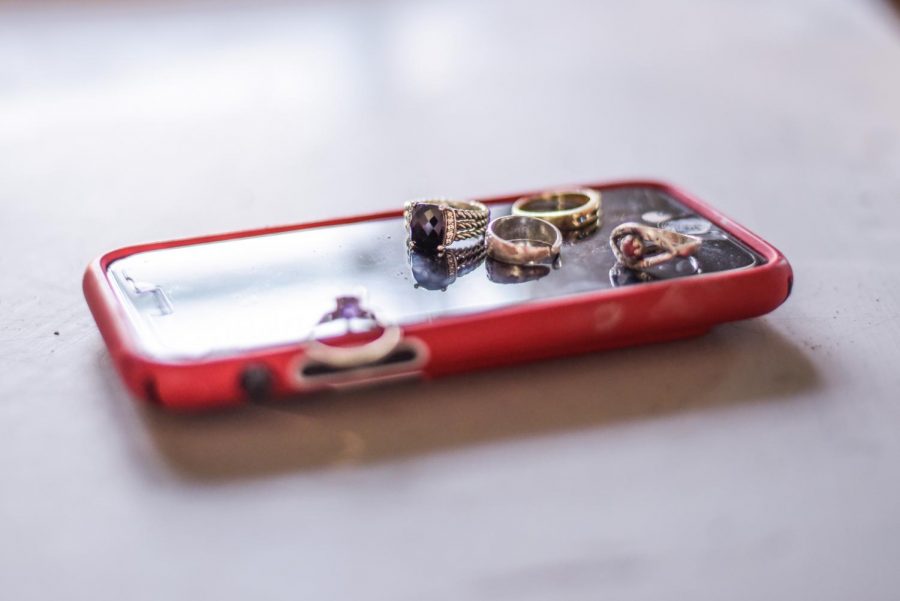
Without face-to-face contact, facial expressions or vocal cues, emotions can be difficult to read through text. Yet, there seems to be a universal unspoken etiquette that most people can read through context. If you’re a novice in this new age of social interaction or a little rusty, here are some of the most common topics to help you brush up on your texting manners.
Length of sentences
The length of the sentence often says far more than the content. A one-word answer can usually be construed as mad, upset, annoyed or uninterested. If you don’t have much to say, just add a few extra words to convey your point to ensure that you aren’t sending the wrong message. Long, thoughtful responses show genuine interest or friendly adoration toward the topic or person with whom you are conversing.
Punctuation
Punctuation can tell you a lot about the emotional state of the person who you are speaking with. An exclamation point shows enthusiasm, although multiple exclamation points can demonstrate overeagerness or extreme excitement. One question mark turns a phrase into an inquiry, but several can be impatiently inquisitive. The use of a period can either mean you are conversing with someone to whom proper grammar is important or that the person is upset with you. The period can signify a blunt, annoyed end to their statement if the context clues hint to this.
Timing
Depending on your relationship with the person in question, a quick response can mean several things. It can make you look overzealous, as if you never put down your phone or are just engaged in the conversation. The perfect balance is a minute or so after you have received a text to respond. Choose your timing wisely.
Capitalization
Although some may believe that capitalization can convey excitement, universally, it commonly means shouting. If this is what you are trying to demonstrate, then by all means, use all capitals. But if not, watch that accidental caps lock if you want to keep a solid relationship with that person you’ve been putting in so much electronic time with.
Emojis
Depending on your use of emojis (a unique set of emoticons for iPhone users) or smiley faces, there are lots of different things you can be nonverbally communicating. Normally these are an optional additive, emphasizing the emotions you want to come across in your message. While smiley faces are cute and enthusiastic, wink faces signify flirting. Emojis are when you are too lazy for words and should for the most part, be reserved for use solely with friends. With emojis it seems that one is never enough, and people can get easily carried away.
Silence
If you are receiving silence after sending a text, it could mean two things. One of which is that the person is busy doing other things. If this isn’t the case, then the person does not want to have anything more to do with you. In some rare situations the silence can be due to an accident to the person’s phone (broken, lost, stolen).
OUI
A common occurrence during the wee hours of the weekend, operating under the influence can lead to some awkward situations the next morning. So take a few extra seconds before sending that confession of your love to foresee how the situation will unravel in the near future. On the other hand, when you receive a text from someone who is intoxicated, you can accept that these messages serve as a window into their soul. What they say while operating under the influence can usually be taken as the truth.
Remember that unspoken language sometimes says more than the written. Before you press send, make certain that you’re within the unspoken guidelines of “text-iquette.”
Malea Ritz can be reached at [email protected].


















